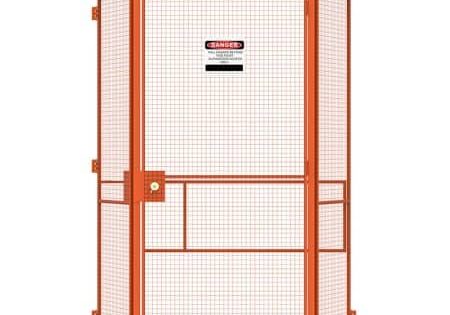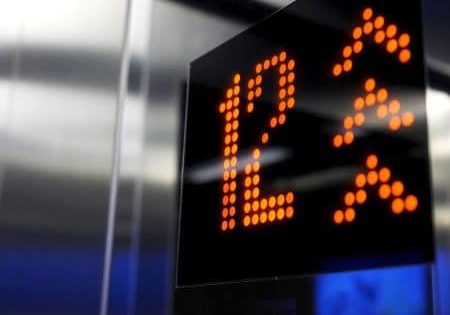Your author shares formulas to help companies maximize ROI.
I was a sophomore in college when I took my first human resources college course, Introduction to Human Resources. Professor Bond taught the class, and to this day, I still recall the question he asked us all: “What is the one thing your competitors cannot duplicate?” Several of us answered, “your products,” and others replied, “your strategy,” but the answers were incorrect. The one thing your competitors cannot duplicate is your people. It was during the class with Professor Bond when I began to take a deep interest in the field of human resources (HR), and by my senior year, I decided I was going to pursue a career in HR management. I wanted to be involved with helping companies maximize their return on the investments they made in human capital.
According to a recent study, the average HR functional spending as a percentage of revenue is 0.74%. Compared to other support functions such as finance (1.33%), IT (3.06%), marketing (5%) and sales (7.01%). And yet, human capital investments are the most expensive investments companies make, and very few leaders do a good enough job measuring the cost of acquiring, evaluating and justifying their human capital investments. This article will provide five Key Human Capital Metrics all leaders need to be measuring to maximize their return on human capital investments. The five metrics are average cost of hire, time to fill, revenue by employee, profit per employee and cost of position vacancy.
Cost of Hire
The formula for calculating the cost of hire is: Total Internal Recruiting Cost + Total External Recruiting Cost divided by total number of hires in a given period. Internal Recruiting Cost includes the internal hiring manager/recruiter’s pay and hiring support functions. External costs include expenses for job postings, recruiting software, external recruiting agency, career fairs, sign-on bonus and relocation.
Example: ABC company has US$50,000 in internal recruiting costs, US$25,000 in external recruiting costs and the company hired 10 employees last year. The cost of hire per employee is US$7,500.
Time To Fill
Once the company knows the average cost of hire, it is important to measure the time it takes to fill an open position. According to the Society of Human Resources Management (SHRM), the average time to fill is 36 days. For positions with significant labor shortages, the average time to fill could be as long as 54 days. Time to fill is calculated by taking the total number of days to fill all positions divided by total number of positions filled in a specific period.
Example: ABC company took 60 days to fill three positions; the time to fill would be 60/3=20 days.
Revenue per Employee
Revenue per employee is an important ratio because it helps leaders measure how much money each employee generates for the company. The simple formula for calculating revenue per employee is to calculate the total company revenue and divide revenue by its current number of employees. You can also measure a specific department’s revenue per employee by dividing the total revenue generated by the specific department divided by the number of department employees.
Example: ABC company’s sales department generates US$25 million in revenue and employs 10 sales employees. The revenue per sales employee is US$2.5 million.
Profit per Employee
Profit per employee, sometimes referred to as net income per employee, helps leaders analyze performance trends and how effective human capital assets are being utilized to drive company profits. Profit per employee is calculated by dividing the company’s profits by total number of employees.
Example: ABC company has 37 employees, and total profits were US$775,000. The profit per employee is US$20,945.95.
Cost of Position Vacancy
Each day and month that goes by when someone is not hired, there is a real financial cost to the company. The longer the position remains vacant, the more damaging it will be to employee morale and company profits. The formula for calculating the cost of a job vacancy is: (Payroll and benefits savings) minus savings (revenue lost to vacant role) = cost of vacancy.
Example: A vacant sales role will save ABC company US$20,000 but cost them US$60,000 in lost revenue. In the end, ABC company will lose US$40,000 by not filling the role.
The competition to hire top talent will only continue to get more challenging. Leaders need to measure the five key human capital metrics discussed in this article to ensure the company is efficiently acquiring employees and putting the right people in the right seats to drive revenue and increase profits for the company. If competitors cannot duplicate your best people, they will hire them away.
Get more of Elevator World. Sign up for our free e-newsletter.










